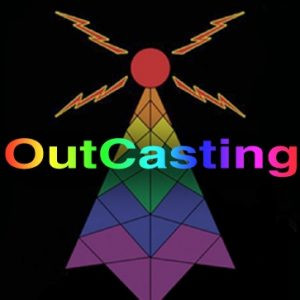
June 1, 2019 - During the 1960s, gay bars, like the Stonewall Inn in New York City, were some of the only places where LGBTQ people could meet with each other and simply be themselves. This included people who had been kicked out of their homes for being LGBTQ, or people who feared losing their homes, jobs, or families if they were found out. At this time, it was common for the police to raid gay bars, arresting patrons for cross-dressing or for dancing with a member of the same sex. When one such raid happened on the Stonewall Inn in June 1969, the people inside fought back against the police, sparking riots outside the bar that lasted for the next several days. In the aftermath of the Stonewall uprising, many LGBTQ rights groups were formed, and Stonewall is often cited as a catalyst for the modern gay rights movement. While it may not have caused a turning point, it certainly marked one.
In June 2019, we celebrate the 50th anniversary of the Stonewall uprisings, and we want to reflect on how weve gotten to where we are today with LGBTQ rights in the United States. In this series, OutCaster Andrew speaks with veteran gay journalist and activist Andy Humm about the historical progression of LGBTQ life and activism since before Stonewall.
This is part one of a series.


